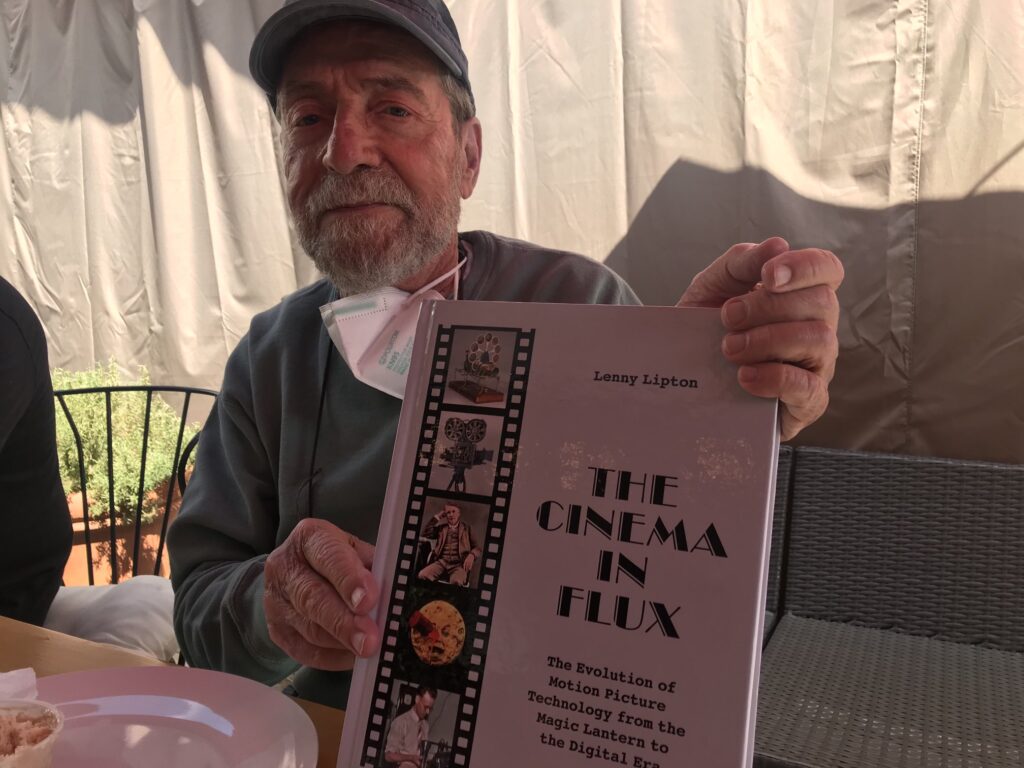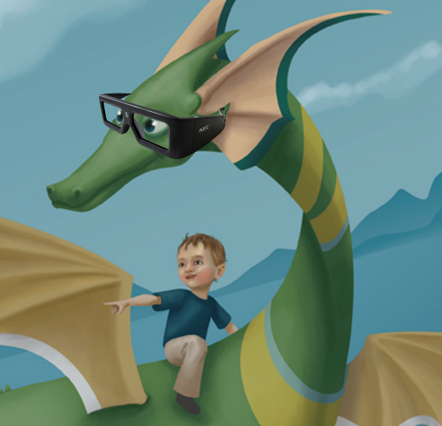The brilliance of inventor Lenny Lipton will continue to shine brightly.

Lenny Lipton was born in Brooklyn in 1940 and went to Cornell, majoring in physics after starting out in electrical engineering. When he was 19, he wrote a poem, which he told me later, he almost doesn’t remember writing it. It’s called Puff, the Magic Dragon, which Peter, Paul, and Mary adapted into the lyrics for their 1963 hit song.
Royalties from Puff, the Magic Dragon, and some independent filmmaking (he independently produced 25 films), which has remained in print for 20 years, gave Lenny an independent income and allowed him to follow his interests—and what interests he had. He began his investigations in stereoscopic display around 1972, and I met him around then at a little office he set up in San Rafael.
Lenny was charismatic to people he liked and less patient with those who bored him. He was a wizard, and an imp, and in a nanosecond could turn into a deadly serious scientist. You never knew which Lenny you were talking to, but you’d love it regardless.
Lenny used me as a beta tester for his electrified switching glasses, which had wires hanging out of them and vertigo images flickering through them. He later named the glasses CrystalEyes. I knew the math of stereo from my photogrammetry days, which he appreciated because I got it, but Lenny taught me what personal stereovision was all about—and what it wasn’t. A tireless experimental physicist, he would stay up all night tweaking and tinkering, and one day decided he had it—and he did. It worked, and he called it ZScreen. His next challenge was getting content to show it off. The initial applications were molecular modeling and aerial mapping visualization. The Smithsonian Institution honored him in 1996 for StereoGraphics’ invention of CrystalEyes,
Others saw what he was doing because he showed it to everyone in the computer industry, and so it got copied. He filed a couple of patents but never, as far as I know, got very aggressive about it. He really wanted the concept to get adopted and knew he couldn’t do it all by himself.
He also showed it to everyone he knew in Hollywood, Japan, and elsewhere. That was in the mid-to-late 2000s. Then, in 2005, RealD acquired StereoGraphics, and in 2010, 3D TV was the rage. By 2015, Lenny had acquired 68 patents and had dozens more pending. In 2011, the International 3D Society (now the Advanced Imaging Society) presented him with its Century Award for Lifetime Achievement.
But Lenny’s passion was always film and film production. Over the years, he collected bits and pieces of old projectors and kept a journal of things he had learned. His book, Independent Filmmaking, published in 1972, was in print for 20 years, and in 1982, he published the standard reference Foundations of the Stereoscopic Cinema. He wrote articles about the history of the industry, and in 2009, he retired from RealD to pursue his film interests.
From 2010 to 2019, he worked on his masterpiece, the history of cinema technology, starting from the invention of the magic lantern in the 17th century. I had a small role to play in helping him get it published, and in May 2021, Springer released the large-format book The Cinema in Flux. It is a book that will be the bible of motion-picture making and a grand and fitting tribute to a great man, a great person, and a pal. We will all miss Lenny, even those who never met him.







